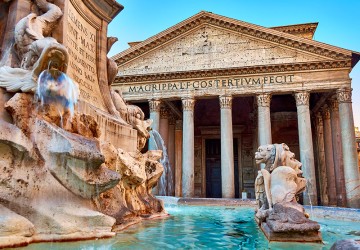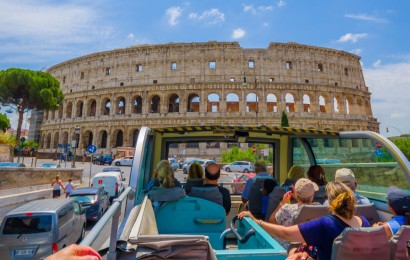The Pantheon in Rome stands as one of the most iconic and captivating monuments of ancient Rome. Built between 118 and 125 AD, this ancient temple has been at the center of many stories and mysteries over the centuries. While many people are familiar with the Pantheon for its majestic architecture and historical significance, there are numerous unique facts that you probably don't know. In this article, we will explore ten fascinating curiosities that shed new light on this remarkable building.
1. The Perfect Dome
The Pantheon is famous for its hemispherical dome, considered a marvel of Roman architecture. What makes it even more extraordinary is that it was constructed without the use of modern measurement and calculation technologies. Ancient Roman architects were able to create a perfectly round and symmetrical dome without any internal structural support.
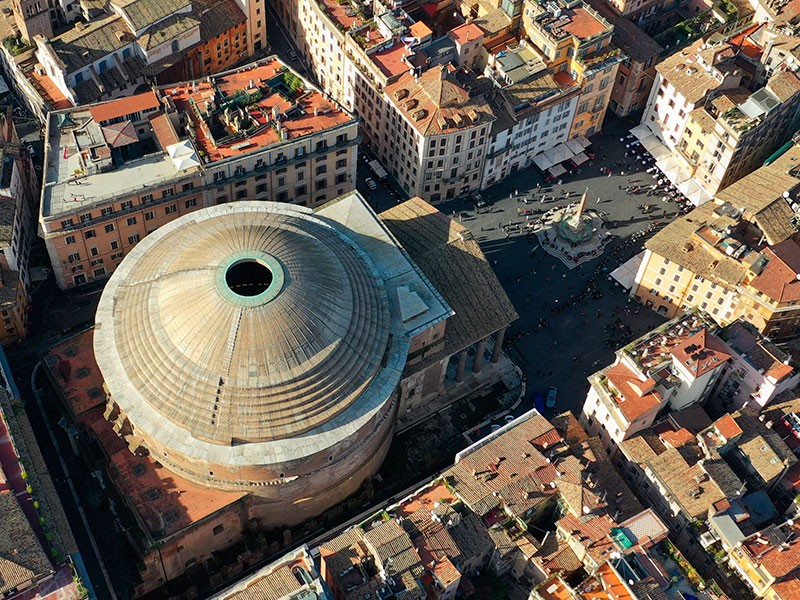
2. Agrippa's Fountain
Many believe that the Pantheon was originally commissioned by the Emperor Agrippa. In fact, an inscription on the Pantheon's façade attributes its construction to Lucius Agrippa's son, a prominent Roman general.
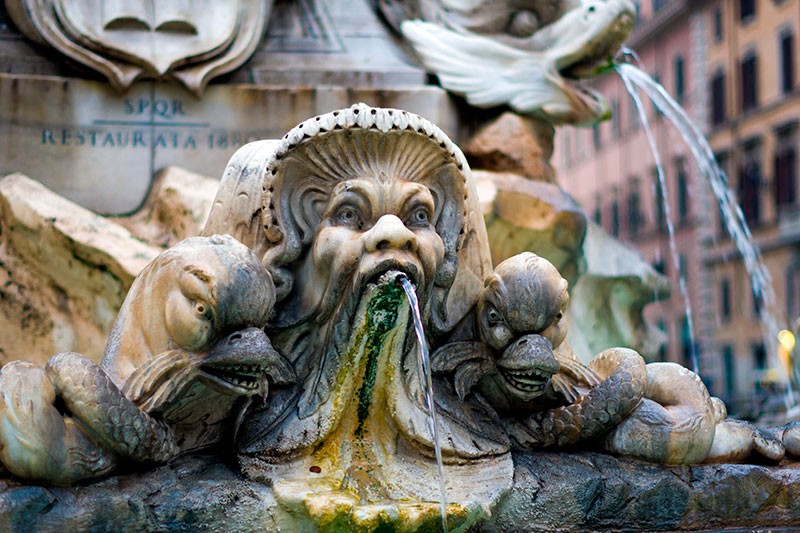
3. The Eternal Sunlight
One unique feature of the Pantheon is the oculus, a circular opening at the center of the dome that allows sunlight to filter in. This creates a breathtaking visual effect during daylight hours, illuminating the temple's interior with natural light and establishing a unique connection between the building and the sky.

4. Illustrious Tombs
Inside the Pantheon, many historically significant figures are buried, including the painter Raphael, King Victor Emmanuel II, and the former King of Italy, Umberto I. This lends the Pantheon considerable historical and cultural importance.

5. Magical Illumination
During the summer solstice, a beam of sunlight passes through the oculus and strikes the main entrance of the Pantheon. This phenomenon creates a magical effect that attracts spectators from around the world to witness this unique spectacle.
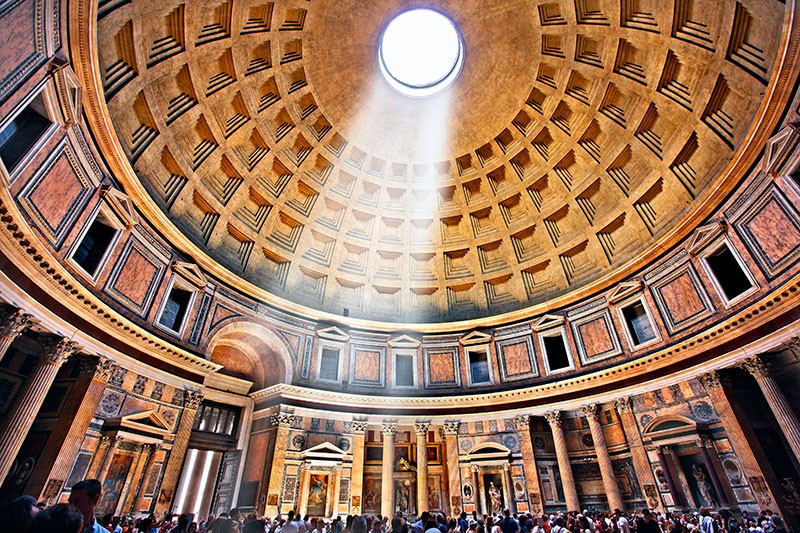
6. Napoleon's Conquest
During Napoleon's rule, the Pantheon was used as a Catholic church. The statue of Santa Maria ad Martyres replaced the statue of Jupiter, and the temple was temporarily transformed into a church.
7. Dome of Domes
The Pantheon has inspired the design of many famous domes worldwide, including the dome of Florence Cathedral, St. Peter's Basilica in Rome, and the Church of Santa Maria della Salute in Venice.
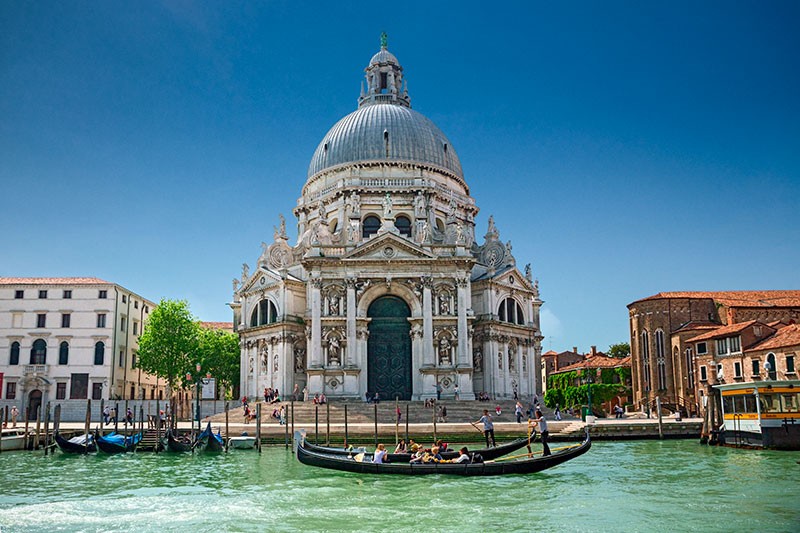
8. Ancient Sundial
The shadow created by the Pantheon's oculus served as an ancient sundial. The ancient Romans could determine the time of day based on the shadow's position inside the temple.
9. Dome Damage
During the sack of Rome in 410 AD by the Visigoths, the Pantheon's dome suffered significant damage. However, it was successfully restored, and its magnificence continues to awe visitors to this day.
10. Modern Influence
The Pantheon has been a source of inspiration for many modern architects and designers. Its extraordinary architecture and creative use of natural light continue to influence contemporary design.
The Pantheon: An Eternal Architectural and Cultural Wonder
These ten unique facts about the Pantheon reveal a lesser-known side of this iconic monument. Its architecture, history, and influence on the modern world make it one of the most extraordinary places to visit in Rome.
The Pantheon continues to enchant and inspire visitors from around the globe with its timeless beauty.
